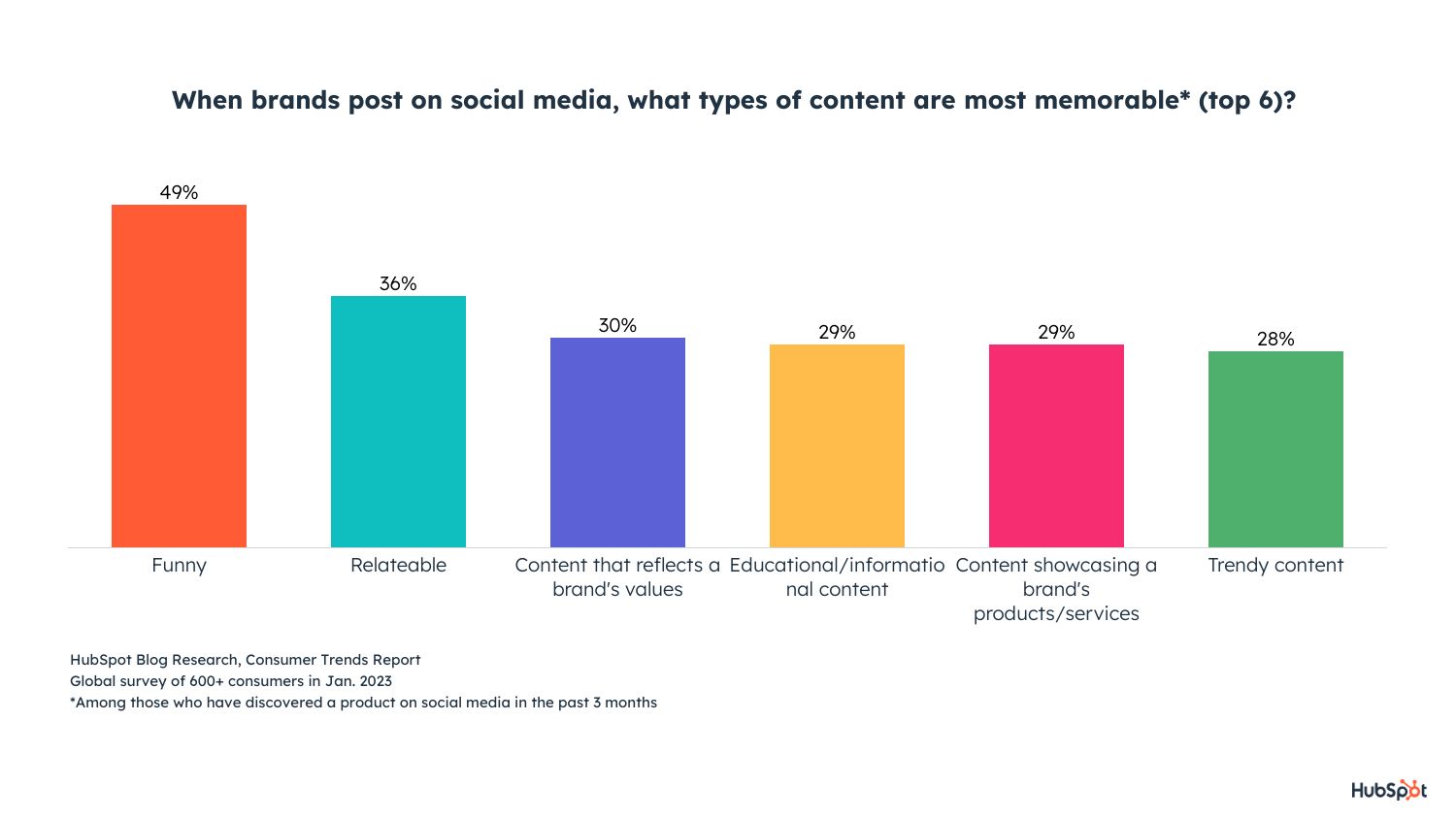How do you ensure maximum efficiency in customer relationship management? Which strategies do you employ to effectively satisfy your customers needs whilst ensuring business growth? Have you ever considered the different types of Customer Relationship Management (CRM) and how each type can be leveraged to maximize your business potential? These are some of the critical questions most businesses grapple with in the pursuit of optimal customer satisfaction and increased profitability.
A study by Gartner showed that in 2018, CRM software revenue amounted to $39.5 billion, making CRM the largest of all software markets. Another report by Grand View Research states that the global CRM market size is projected to reach $114.4 billion by 2027. Despite the promising figures, many businesses still encounter challenges in effectively utilizing CRM. This often leads to customer dissatisfaction, decreased sales, and ultimately, poor business performance. Consequently, understanding the different types of CRM and deploying the most appropriate one for your business can be the game-changer that differentiates your business from the competition.
In this article, you will learn about the three different types of CRM; Operational CRM, Analytical CRM, and Collaborative CRM. Each type possesses distinctive features and serves unique functions in customer relationship management. You’ll delve into how each of these types can be effectively employed in your business strategy, ensuring maximum customer satisfaction and growing your business.
Furthermore, you will gain insights into the challenges associated with CRM implementation and how to overcome them. Backed by expert opinions and case studies, this piece will provide an all-encompassing view of CRM and its significance in today’s business landscape. Welcome onboard this enlightening journey to discover how CRM could revolutionalize your business growth and customer satisfaction rates.

Key Definitions and Meanings of CRM Types
Operational CRM: This is a type of CRM that streamlines the business processes, including sales automation, marketing automation, and service automation. It is designed to make operations more efficient and immediate across the various customer touch-points.
Analytical CRM: Analytical CRM is designed to analyze customer data and generate insights that can help in making business decisions. It uses data analysis to determine patterns and trends in customer behavior, helping companies better predict and cater to customer needs.
Collaborative CRM: This kind of CRM is centered on sharing customer information among various business units like the sales team, technical and support teams. Its main goal is improving the quality of customer service and strengthening customer relationships.
Business enterprise applications
Microsoft 365 Apps for Enterprise
Enterprise Business apps generator
Unveiling the Hidden Magic of Operational CRM: The Game Changer in Business Management
Understanding the Magic of Operational CRM
Operational Customer Relationship Management (CRM) is not just a tool; it’s a comprehensive game-changer in business management. It interconnects every department, enhances customer service, and broadens your business prospects tremendously. The magic lies in its design, which provides a unified platform for managing and synchronizing all customer-centric processes, such as sales, marketing, and customer service.
Operational CRM focuses on automating business procedures that directly influence customer relationships. This is possible through various features and functionalities such as contact management, performance management, and campaign management that integrate all operational functions giving businesses an edge in customer service.
Unraveling the Features of Operational CRM
- Contact Management: This feature helps to keep track of all customer interactions. Every piece of communication, whether it’s an email, a phone call, or a face-to-face meeting, is recorded and stored. This information is invaluable as it allows companies to understand their customers better and offer personalized service.
- Performance Management: Another crucial feature of operational CRM is performance management. This deals with analyzing customer interactions and using this data to improve both individual and team performance. Such outcomes steer the company towards achieving its customer service objectives.
- Campaign Management: Campaign management allows companies to organize, track and execute marketing campaigns efficiently. Through effective data analysis, businesses can get insights into customer behaviour and preferences, thus enabling them to plan and implement successful marketing campaigns.
The Impact of Operational CRM on Business Management
Operational CRM’s ability to unify and manage all customer-centric processes makes it a must-have tool for businesses across sizes and industries. Its comprehensive approach to managing customer relationship promises an unmatched value proposition that far outweighs the initial investment.
By providing a clear picture of the customer journey, it allows companies to tailor their services to the needs and wants of their customers. As a result, customer satisfaction and loyalty increase, which contributes to higher revenue and growth.
In conclusion, operational CRM is undeniably a significant game changer in business management. By automating processes, collecting and analyzing data, and enhancing interaction with customers, it empowers companies to deliver superior customer service and enjoy sustained business growth. Implementing operational CRM is a strategic decision that can take your business to unimaginable heights.
Harnessing Success with Analytical CRM: From Data to Game-Changing Insights
How Is Analytical CRM Transforming Businesses?
What if businesses could anticipate the needs and preferences of their customers even before they explicitly express them? This is no longer a hypothetical question but an actual business strategy being leveraged by companies worldwide, using analytical Customer Relationship Management (CRM). This strategy relies on harnessing customer data to derive powerful insights to optimize marketing, sales, and service strategies. It sets businesses apart from their competitors by empowering them to offer tailor-made solutions, unique to each customer, consequently driving robust business growth.
Analytical CRM, in essence, works by integrating data analytics into the customer management process. It involves the collection and interpretation of customer data into actionable information. This data is scrutinize across multiple touchpoints—transaction histories, customer interactions, social media engagements, etc.—to extract patterns and trends. This customer-centric approach is however not without its complexities. The lack of technical expertise to analyze vast data sets effectively and the not uncommon problems of data silos (where customer data is stored in isolated, disconnected repositories) pose significant challenges to the successful implementation of analytical CRM.
Analytical CRM In Action: Driving Value in Real Businesses
Several businesses have successfully adopted and integrated analytical CRM systems into their operations, exemplifying best practice in the field. Amazon, the global e-commerce giant, is a vivid illustration. Their recommendation engine, indicative of advanced predictive analytics, suggests products to customers by analyzing their past browsing and purchase behavior. These hyper-personalized recommendations not only maximize the cross-selling and up-selling opportunities but also enhance the overall customer experience.
Capital One, a financial corporation, is another business that has harnessed the potential of analytical CRM. They apply predictive analytics to understand credit risk, determining the lending potential of prospective customers. This has helped them reduce their credit risk significantly. Also, the airline industry is a noteworthy adopter of this CRM type. Using advanced analytics, airlines can forecast ticket demand and plan their routes and schedules to optimize profitability and improve customer satisfaction. Such targeted applications of analytical CRM highlight its significant potential in driving business success.
Seizing the Future with Collaborative CRM: Empowering Businesses Through Effective Collaboration
Why Is Collaborative CRM Essential for Future Enterprises?
The business landscape is constantly evolving, and technology is continuing to reshape industries at an unprecedented pace. With this comes the necessity for companies to adapt to these rapid changes. As business dynamics become more intricate, streamlined communication and fruitful collaboration within an organization become pertinent. One key instrument to enable such a productive environment is Collaborative Customer Relationship Management (CRM). But why is Collaborative CRM so essential for modern enterprises? At its core, it’s about creating a harmonized communication channel that binds every single department together, enabling them to work in unison towards achieving collective business goals. It helps facilitate internal discussions, manage customer interactions efficiently, and develop an integrated response to customer needs. Regardless of where the conversation or interaction takes place, all essential parties within an organization stay informed and engaged.
The Hurdles Affecting Collaboration
While the concept of fostering collaboration through CRM might sound smooth on paper, actual implementation is often bogged down by numerous challenges. To begin with, the differentiation in the corporate culture existing across various departments can prove to be a stumbling block. Without a universally accepted system in place, achieving effective synergy becomes a daunting task. Undoubtedly, implementation challenges may arise due to the complexity of integrating various software systems. Often, departments use different tools and systems to manage their operations, resulting in incompatibilities and difficulty in achieving an integrated CRM. The third and perhaps the most significant obstacle arises from the nature and size of the organization. Enterprises with complex structure and hierarchical layers may struggle to implement a cohesive CRM without irking employee resistance or creating hurdles in the seamless flow of information.
Exemplary Collaborative CRM Implementations
Despite the inherent challenges, various organizations have had success with implementing Collaborative CRM. Dell, for instance, has long harnessed the power of collaborative CRM to offer personalized support to its customers. By collecting and sharing customer data across its global departments, Dell is able to anticipate customer needs and predetermine possible support issues before they arise, completely transforming their customer service experience. Another shining example is Amazon, one of the global pioneers in online retail. Amazon utilizes collaborative CRM to refine its cross-selling and up-selling strategies. By collecting customer data and sharing it across various departments, Amazon can offer personalized recommendations to its customers at different touchpoints, which have significantly boosted its sales. These instances stand as proof of the potential of Collaborative CRM when strategically harnessed.
Conclusion
Isn’t it fascinating how the arena of Customer Relationship Management (CRM) has seen tremendous growth and transformation? We’ve delved into the three main types of CRM – operational, analytical, and strategic. Each one plays a critical role in enhancing customer service, developing customer insights and aiding in strategic decision-making process. Implementing its use within businesses may appear challenging, but the end results are highly rewarding. It successfully turns businesses to a customer-centric model, thus strengthening customer brand loyalty and satisfaction, which evidently lead to increased profitability.
By reading and engaging with our blog, you are taking a significant step in improving the understanding of CRM systems. With their varied applications and benefits, these systems have proven to be an indispensable tool for businesses to grow and flourish in present competitive markets. We at the blog are committed to bringing the latest and most in-depth news, insights, and analysis on CRM and how it’s shaping businesses across the globe.
So, why not come on board and join this enlightening journey? Looking forward to seeing you soon in our upcoming posts. We are continually working on new content to provide engaging, informative, and relevant blogs about the most recent advancements in the realm of CRM. By subscribing to our blog, you can keep up-to-date with all the essential knowledge and developments surrounding this vibrant field. Stay tuned for more!
F.A.Q.
The three types of CRM are Operational CRM, Analytical CRM, and Collaborative CRM. Each type has a different approach to acquiring, retaining, and growing a strong customer base.
Operational CRM is mainly concerned with automating and improving customer-facing and customer-touching business processes. It typically involves areas like sales, marketing, and service.
Analytical CRM focuses on the intelligent mining of customer-related data for strategic or tactical purposes. It helps businesses understand customer preferences, behaviors, and value using data analysis techniques.
Collaborative CRM works by synchronizing customer interactions conducted through several communication channels like phone, email, SMS, and social media. It’s designed to ensure that every department in the business has the same information about the customer.
Choosing the right type of CRM is crucial because it can help organize and synchronize all customer-oriented processes ensuring optimal customer satisfaction. Each type has unique features useful for different aspects in maintaining customer relationships.



